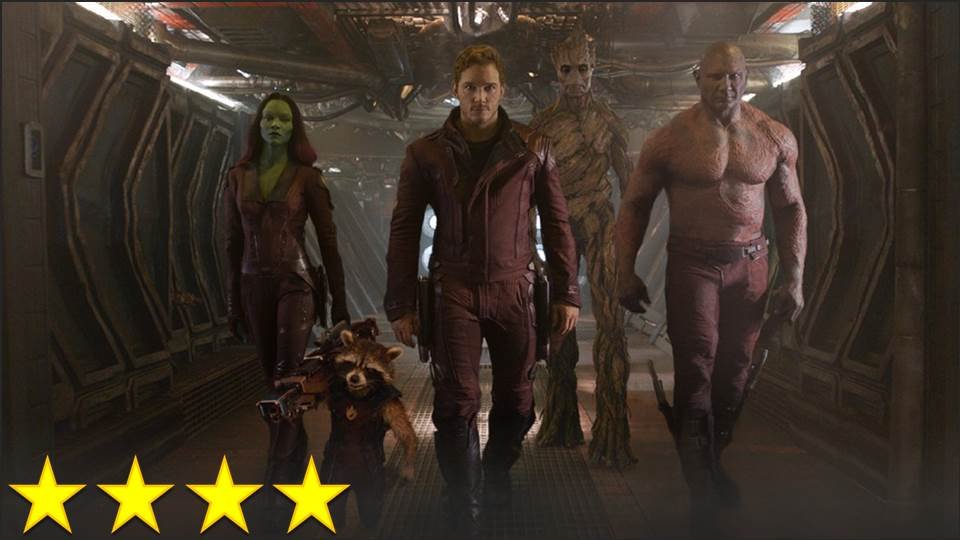Gene Kelly was working on this legendary musical at the same time as he was working on another: Singin’ in the Rain. Unfortunately, it’s quite clear which of these two films had the most thought and work put into it – not American in Paris. The film toggles between one story about Gene gaining recognition for his painting, which doesn’t really go anywhere, and another story about Gene falling in love with (and creepily forcing himself upon) a beautiful dancer, which is mysteriously resolved without explanation, all with unrelated musical numbers popping up throughout. How charming. Of course, one might say I’ve just described the average classic musical, and that may be true, but I wanted something better than average from a film with this level of status. I wanted something more than an excuse for another jukebox musical for Gershwin songs, and this doesn’t offer that much more.
Yet, oddly, it still is charming and delightful. Gene Kelly’s character, as much of a creep as he may be, is still likable, and his dances are still captivating. The character dynamics and storytelling techniques are incredibly fascinating – has anyone ever heard of another film doing an opening voiceover like this film’s? The visual styles used in some of the musical numbers are absolutely outstanding, with sets and color palettes that are not only gorgeous, but quite creatively and intelligently used. I’m probably giving this film too much credit for its aesthetic accomplishments, but when a film knows how to do really cool ballets, that shouldn’t go unappreciated. I can easily give the movie a hard time for being irritatingly flawed, but when a film has a great cast, likable characters, smart dialogue, lovely production design, careful artistry, and catchy music, I can’t help but give it my approval.





